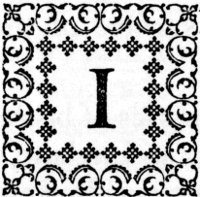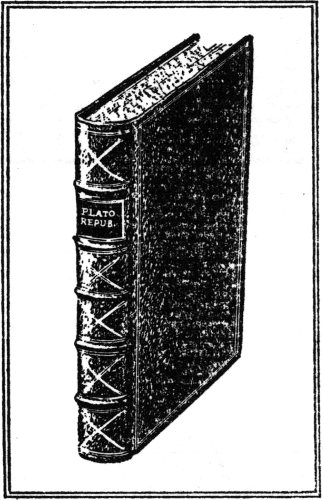
THE
BOOKBINDER
in Eighteenth-Century
Williamsburg
An Account of his Life & Times, & of his Craft
Williamsburg Craft Series
WILLIAMSBURG
Published by Colonial Williamsburg
MCMXC

The Bookbinder in Eighteenth-Century Williamsburg

In October 1770 the inventory of the personalestate of Lord Botetourt, His Majesty’sGovernor General of Virginia, contained acatalogue of books in the library at thePalace, made after his death by his executors.The shelves held over three hundred volumes. Today thislibrary has been recreated by Colonial Williamsburg usingthe inventory list and other information on books in printat that time. The actual library of Lord Botetourt wassent back to England—and was lost at sea.
Much about the Governor can be deduced from thebooks he owned—plus a few he had borrowed and neglectedto return. His interests ranged over the whole field ofhuman knowledge, with particular emphasis on history,literature, law, and politics. However, it is not with thesubstance but with the form of these volumes in the renewedlibrary that we are concerned. For us the important fact2is that, with a few exceptions, they are eighteenth-centurybooks in eighteenth-century bindings.
The visitor who pauses only for a moment to look at themwill see that most of them share certain outward characteristics:

They are bound in leather, withbrown calfskin predominant;
Their spines are crossed by a numberof horizontal ridges;
The title (abbreviated) usually appearsin gold leaf on a small panelof colored leather glued to thespine, and sometimes the author’sname, too;
The spine may also bear a moderateamount of decorative gold tooling;and
The sides of the volumes, wherevisible, are likely to display “blind” tooling, whichmeans ornamental indentations in the surface of theleather, made without gold leaf.
These are the five most noticeable characteristics of booksbound in the eighteenth century in England or in England’sNorth American colonies. Standards of workmanship wereon the whole higher in the mother country, but binders onboth sides of the Atlantic used the same basic methods ofbookmaking.
The techniques of bookbinding, in fact, had not changedmuch for a very long time. Men like William Parks, JohnStretch, and Thomas Brend bound books in eighteenth-centuryWilliamsburg in essentially the same way as hadtheir predecessors in medieval monasteries a thousand yearsbefore.
Incidentally, among bookbinding craftsmen one does notmention “machine binding”; to the true binder th